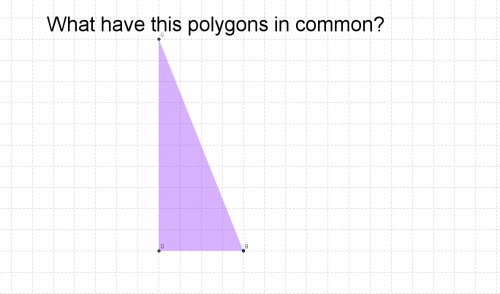Summary of last lesson
the sign of acceleration
![]() when the acceleration has the same direction of reference system it is positive
when the acceleration has the same direction of reference system it is positive
![]() when the direction of acceleration is opposite to the reference syste it is negative
when the direction of acceleration is opposite to the reference syste it is negative
Calculating the average of a quantity changing uniformly in time
Geometrical considerations:
The area of the trapezoids doesn’t change, and can be calculated by the area of the rectangle using as height, the average of the bases of trapezoids.
Indeed the equation to find the area of the trapezoid

This is useful to calculate the average of a quantity that changes uniformly in time;
When a quantity changes in time we should calculate the average in a period of time making the sum of all values assumed during that period and dividing them by their number
Consider this graph that represent the temperature during a period of 6 hours;
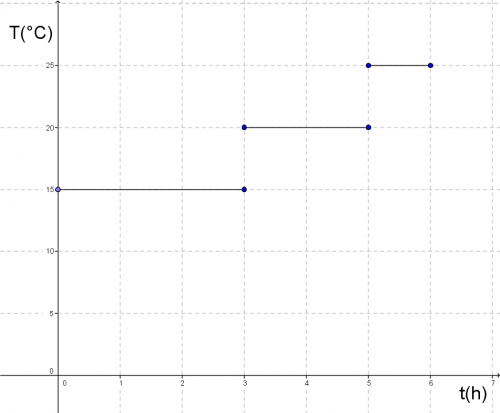 Here we can’t easly calculate the average temperature during the period, beacuse every temperature is given for different intervals of time.
Here we can’t easly calculate the average temperature during the period, beacuse every temperature is given for different intervals of time.
The situation get worst if the graph is the next one:
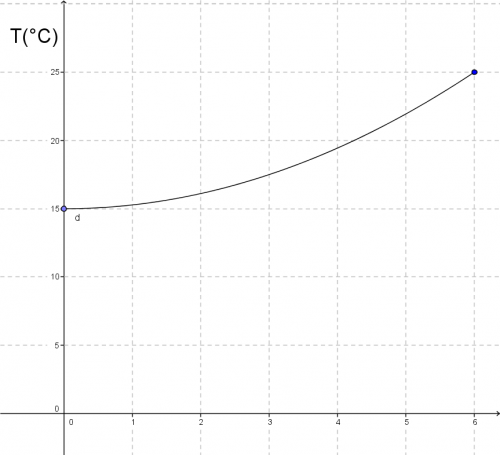
But in the next case things are easier
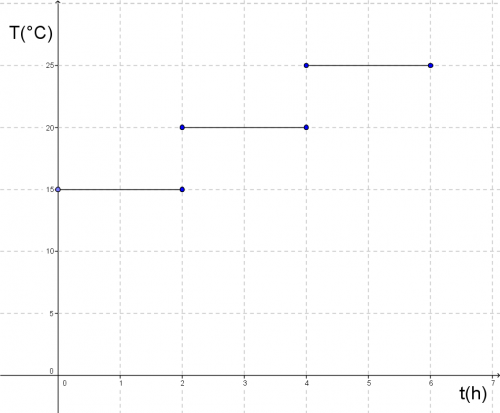
In fact in the last situation the temperature changes uniformly in time, every temperature has a duration of the same time, so seems reasonable to apply the usual equation:

So, what can we do here?
 Well, now the temperature changes continiously, without jumps, but still unifomly: equal time interval correspond in equal change in temperature;
Well, now the temperature changes continiously, without jumps, but still unifomly: equal time interval correspond in equal change in temperature;
The previous geometrical consideration suggests us to apply the same rule:

Calculating the average velocity when speed changes uniformly
Now, let’so go back to kinematics!
What if we have a car passing from speed ![]() to speed
to speed ![]() with uniform acceleration?
with uniform acceleration?
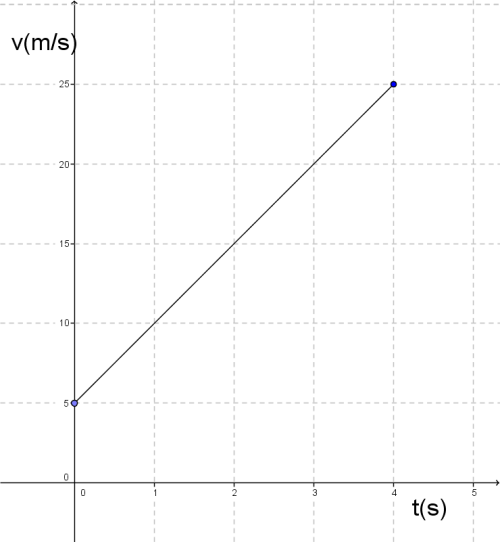 We can apply the same method that we explained above:
We can apply the same method that we explained above:
![]()
So, recap with the next video:
A step ahead
Watch the next video to be ready to next lesson!
(we will see it again and discuss it togheter)

